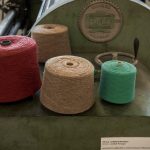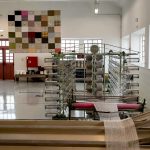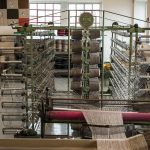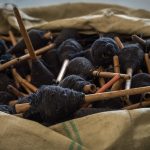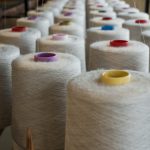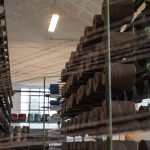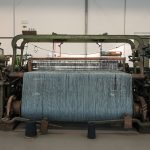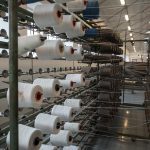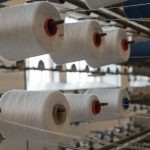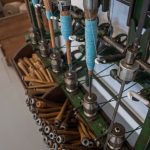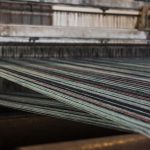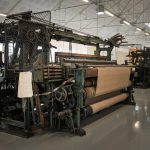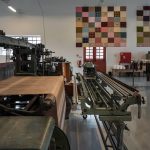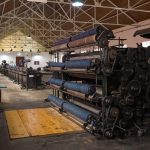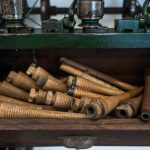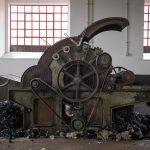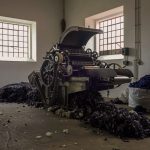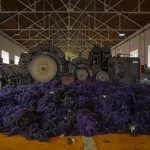MUTEX
Address:
Avenida Infante Dom Henrique, Nº33; 6000-500 Cebolais de Cima
Contact:
272 989 047;
geral.mutex@cm-castelobranco.pt
Schedule:
Tuesdays to Sundays from 10AM to 1PM and from 2PM to 6PM
Management and Programming Responsibility:
Castelo Branco City Hall
Description:
The Textile Museum - MUTEX of Castelo Branco is an equipment that aims to transmit to visitors knowledge about industrial and technical heritage of the textile sector. As well as, pay homage to all those who contributed to the development of the parish of Cebolais de Cima and Retaxo, through the textile industrial activity. In this way, the social, cultural, and economic values that the textile has fostered in this place are recognized, having as its main support the entrepreneurship of this community. In this sense, the project results from the rehabilitation, by the Castelo Branco City Hall, of a building that belonged to an old wool manufacturer - "Empresa de Cardação e Fiação da Corga Lda. XX. However, the creation of this company corresponds to the year 1939, having as its implantation place the site of Corga, in Cebolais de Cima, which gave origin to its name. However, in 1949 the factory was the target of a major fire, which caused the destruction of its building and the consequent construction of the facilities where the Museum is located.
The Textile Museum consists of a museum space where the company's original mechanisms have been preserved in loco, contemplating the production phases related to carding and spinning. It also includes an experimental space, with an audiovisual room and mechanisms related to the weaving process. Between these two floors, we find a third intermediate space, called "memory space", which has the objective of presenting tributes to the workers and entrepreneurs responsible for the creation of this industry. It also has a hand weaving workshop and a business archive.
The Textile Museum offers visitors insight into the textile production process. Here it is possible to understand the respective mechanisms at work, from carding to weaving, the evolution of these techniques over time, as well as their territorial and historical framework. It thus gathers the necessary characteristics to offer visitors an active, motivating, and unique experience. It also has a store where you can buy textiles, handicraft items, and a cafeteria.

